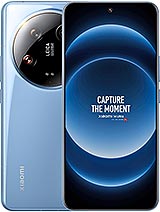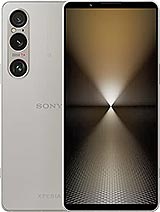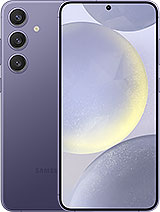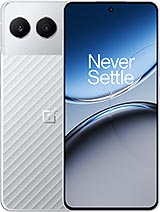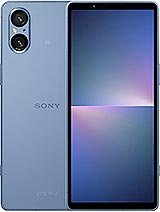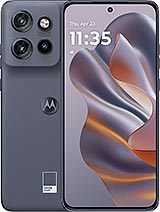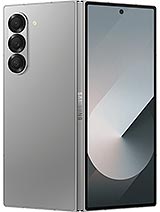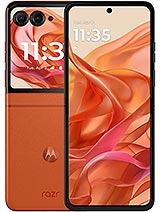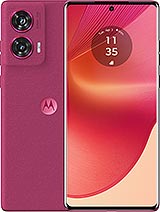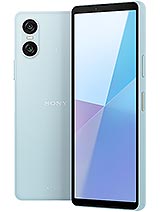Amazon Prime Big Deal Days are a great time to pick up a new flagship, but we found plenty of great mid-range deals as well.
The Samsung Galaxy S24 Ultra is one of the most popular smartphones on the market, but is it the best? We have reviews for all the phones linked below. As for the S24 Ultra in particular, it has an amazing anti-reflective 6.8” QHD+ LTPO OLED display with a built-in S Pen, it uses the Snapdragon 8 Gen 3 even in Europe and flaunts impressive cameras. That starts with a 200MP main, two telephoto modules – 50MP 111mm and 10MP 67mm – and a 12MP ultra wide. Plus, seven years of support.
If the camera is the most used feature on your phone, maybe you want the Xiaomi 14 Ultra instead. It has three Leica cameras – 50MP main (with a 1” sensor), 50MP 75mm tele and 50MP ultra wide. This one also uses the SD 8 Gen 3 and features a 6.73” QHD+ LTPO OLED display. It stands out with its 5,000mAh battery that charges at 90W over a wire and 80W wirelessly (vs. 45W/15W on the Samsung). Xiaomi has committed to 4 OS updates plus an extra year of security patches.
Another contender for the title Camera King is the Sony Xperia 1 VI. It has a unique 12MP telephoto module with smooth zoom between 85mm and 170mm. It is joined by a 48MP main (1/1.35”) and 12MP ultra wide, plus a more unified Sony camera app. The Xperia also uses the Snapdragon 8 Gen 3, but will only receive 3 OS updates (the first, Android 15, will bring a Video Pro mode to the camera). The 6.5” display is an LTPO OLED panel, but Sony broke free of its 4K obsession and this is only an FHD+ panel.
The Samsung Galaxy S24+ is not the most popular pick, but perhaps it is underappreciated. It brings a 6.7” LTPO OLED display with QHD+ resolution, plus 12GB of RAM, things that were exclusive to the Ultra until recently. However, in Europe, the S24+ uses the Exynos 2400 chipset. And the cameras are more basic at 50+10+12MP. The seven years of support are top-notch, however, as is DeX (both wired and wireless).
Moving on to more mid-range offerings, the Google Pixel 9 offers the latest (if not particularly great) Tensor G4 chip and will also get seven years of support. Google upgraded the vanilla series to 12GB of RAM to accommodate the new AI features (the S24 models use the same AI). While not a Pro, this phone has a 50MP 1/1.31” main camera and a 48MP ultra wide, plus a 6.3” 120Hz OLED display (non-LTPO).
Once upon a time, metal unibodies were ubiquitous among flagships. These days glass backs rule. Not on the OnePlus Nord 4, though, giving it a unique look and feel. The phone has a 6.74” 1240p+ OLED display (120Hz) and a Snapdragon 7+ Gen 3. The cameras are more basic with a 50MP main (1/1.95”) and 8MP ultra wide. There’s no wireless charging, of course, but the battery is large at 5,500mAh and does 100W over USB-C. The Nord will receive 4 OS updates.
For slightly more, you can get the OnePlus 12R. This is the outgoing R-model, it’s successor should be unveiled soon. Still, this is a great price for a Snapdragon 8 Gen 2 chip and a 6.78” 1264p+ LTPO OLED display. This one has the same battery as the Nord, 5,500mAh/100W, and a slightly better camera with a 50MP 1/1.56” main.
There will be no new 5-series model this year and the future of the line hangs in the balance. This leaves the Sony Xperia 5 V as the latest small model with a 6.1” phone. It uses the Snapdragon 8 Gen 2 and a 48MP main (1/1.35”) plus 12MP ultra wide – but no telephoto, unlike previous generations. The 5,000mAh battery gets great battery life, but the limited Sony software support means that this phone will be obsolete before long.
The Google Pixel 8a will receive seven years of updates. It has the older Tensor G3 chip, so you may want to wait a bit for the upcoming 9a to be announced. However, the current price drop still makes the 8a a solid pick.
It’s not small, but if you are coming from a 6.5+ inch phone, the Motorola Edge 50 Neo is pleasantly small in the hand. It has a 6.4” display, an LTPO panel to boot, plus a 50+10+13MP camera, which includes a telephoto module – something that’s missing from the likes of the Pixel 9 and OnePlus Nord 4. This phone is tough too, with an IP68 rating and MIL-STD-810H compliance. Another great feature is the 5 OS updates, which is more than most brands offer. The 4,310mAh battery may be small, but it lasts a long time and offers both 68W wired and 15W wireless charging. It is only the Dimensity 7300 chipset that is disappointing, but you can’t have everything at this price.
We know that not everyone is ready to jump to a foldable, but there are some solid Prime Day discounts, which may give you a push.
The Samsung Galaxy Z Fold6 combines the productivity of a 7.6” inner display with S Pen support (but the S Pen is carried separately). It is loaded with all sorts of AI features too, some of which benefit from the S Pen. The 6.3” cover display was reworked to make it more usable than the tall and slim displays of previous Z Folds. This and its sibling are the only foldables with dust resistance and are rated IP48.
Speaking of, the Samsung Galaxy Z Flip6 brought a 50MP main camera and a larger 4,000mAh battery as upgrades over its predecessor. Both Z foldables use the Snapdragon 8 Gen 3 chip and will receive seven years of support.
The Motorola Razr 50 Ultra is a bit cheaper as it uses the Snapdragon 8s Gen 3 chip (note the “s”). However, it has a larger 4” cover display with full app support (the Galaxy does too, you just need to use Good Lock to enable it). While the Z Flip lacks a tele lens, the Motorola has a 50MP main and 50MP tele (2x), but it doesn’t have an ultra wide. What it does have is a 4,000mAh battery with 45W wired and 15W wireless charging (vs. 25W/15W for the two Galaxy Z models).
Alternatively, you can save £130 or so and get the regular Motorola Razr 50. However, you will be losing out on processing power (the vanilla model has a Dimensity 7300X) and the cover display is a tad smaller at 3.6″. This one does have an ultra wide camera, though (13MP).
The CMF Phone 1 is a super popular model. There’s a reason for that too – for a low price – under £200 now – you get a high quality 6.67” FHD+ OLED display (HD+ panels are quite common in this segment) and a Dimensity 7300 chipset (like the Moto Edge 50 Neo). The 50MP camera is decent, but there is no ultra wide lens here. The battery is quite good too with 5,000mAh capacity and relatively fast 33W charging. The CMF phone has a fairly unique look that can become even more so if you get into the customization options. Storage is expandable via microSD.
The Nothing Phone (2a) (not Plus) is a higher tier phone with a 50MP main (1/1.56”) and 50MP ultra wide. It has a transparent back with LED lights, following the Nothing design language. Despite the name, the Dimensity 7200 Pro is more powerful than the 7300. Also, the 5,000mAh battery supports slightly faster 45W charging. The display on the 2a is a 6.7” OLED panel with 10-bit colors but it’s not as bright as the CMF display (1,300 nits vs. 2,000 nits).
The Motorola Edge 50 Fusion also has a 6.7” FHD+ OLED display with 10-bit colors, this one running at 144Hz instead of 120Hz and is slightly brighter at 1,600 nits. The Snapdragon 7s Gen 2 is nothing to write home about, but this is more of an affordable phone. It has a 50MP main and 13MP ultra wide cameras and a fast-charging 5,000mAh battery (68W wired only charging).
The Sony Xperia 10 VI is relatively small with its 6.1” display but its 5,000mAh battery has great endurance. It’s not as camera focused as the 1-series, but it’s no slouch either with a 48MP camera and 8MP ultra wide. It’s an odd duck this one, the display is a 60Hz FHD+ OLED panel and it has both a microSD slot and a 3.5mm headphone jack. Note that you can claim a pair of wireless Sony WH-CH520 headphones (no, there is no option to plug these into the 3.5mm jack).
We may get a commission from qualifying sales.


